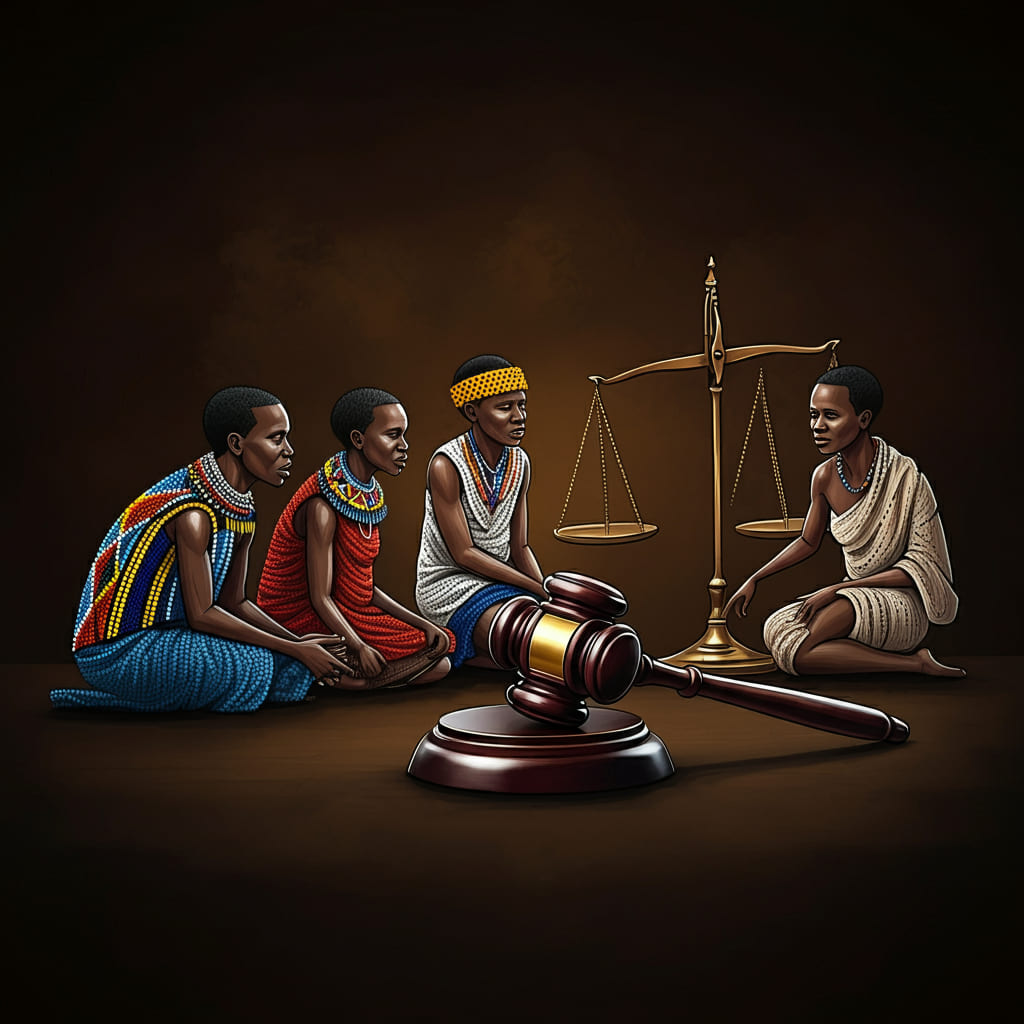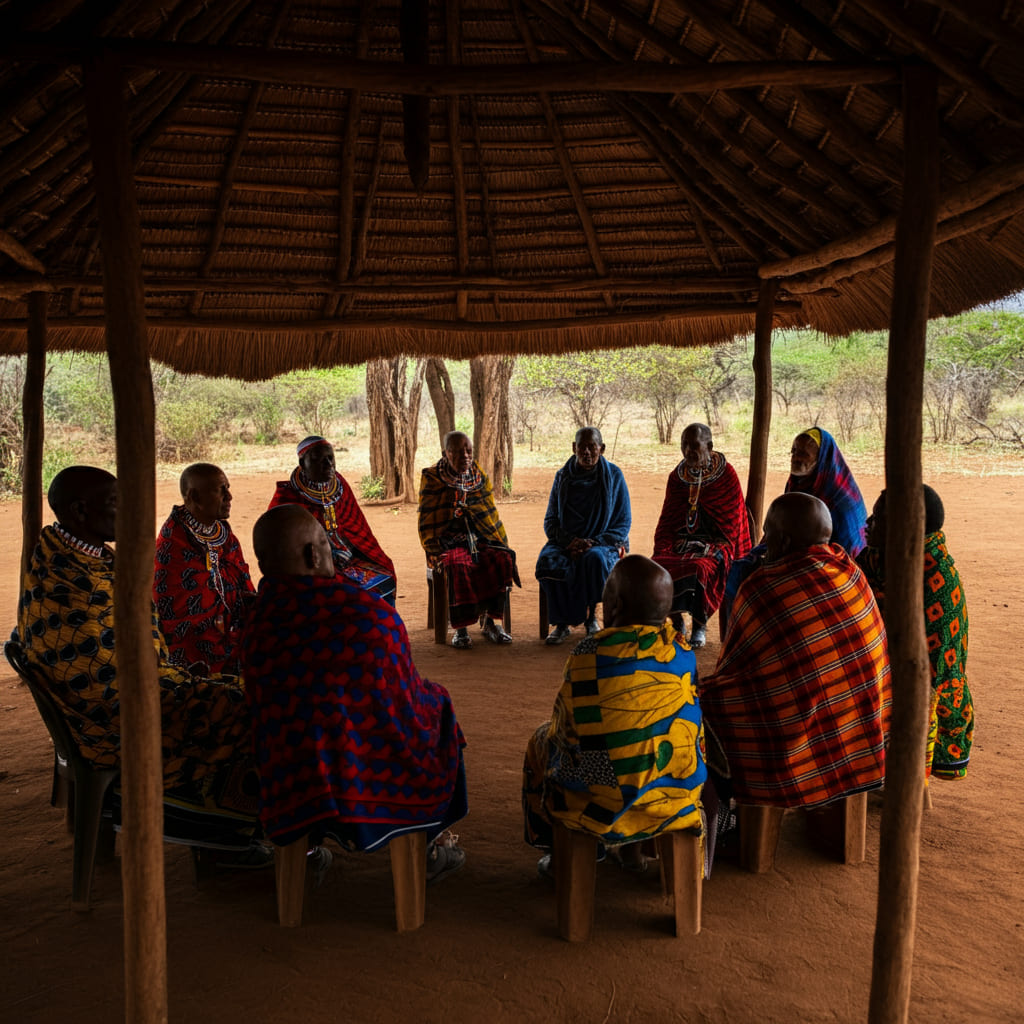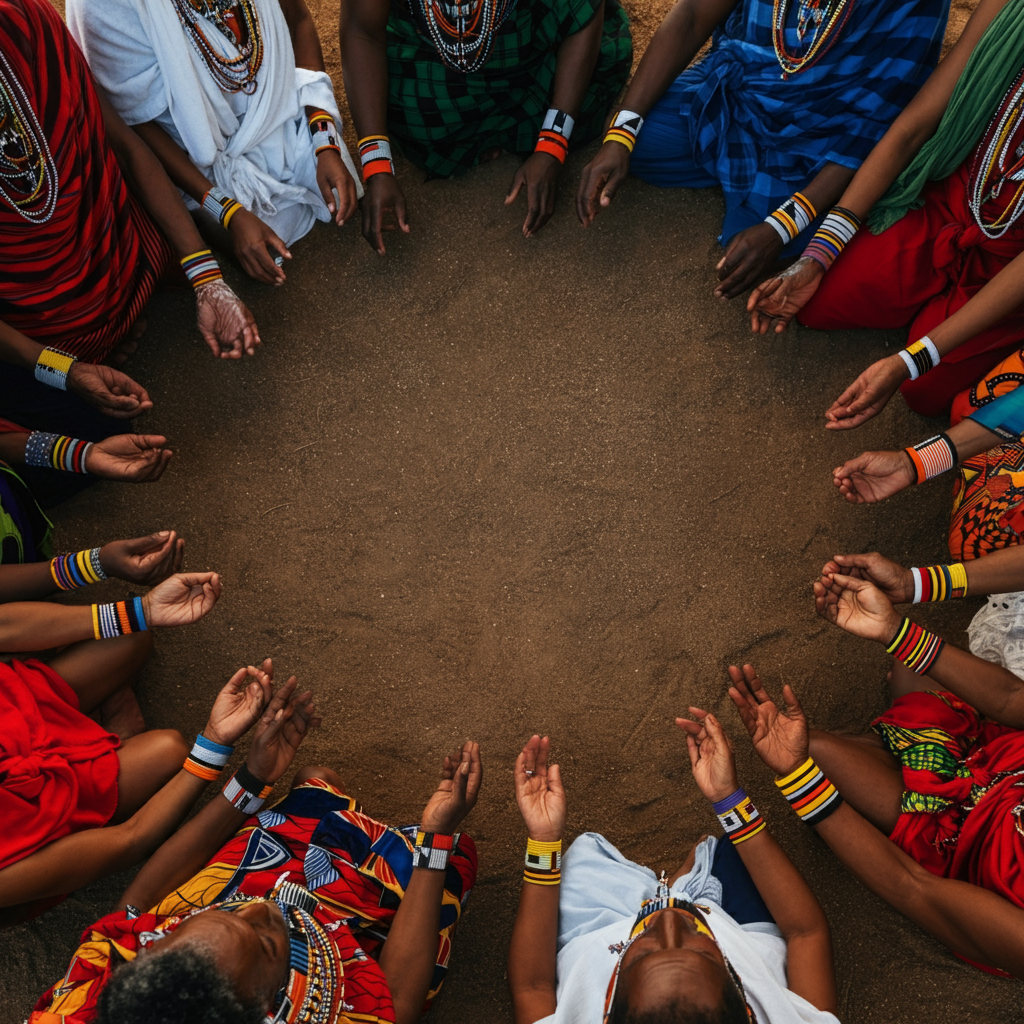Alternative Dispute Resolution methods (ADR), simply refers to a range of processes that help the relevant parties sort their issues without litigation. These processes tend to be less formal and more cost effective in comparison to the court proceedings. The primary methods of ADR include; Negotiation, Mediation and Arbitration.
- Negotiation. This involves a process where the involved parties directly communicate to reach a mutually acceptable agreement. This process does not require a third party.
- Mediation. This involves a process where a neutral third party, the mediator, facilitates the discussion between the two parties to help them come to a voluntary agreement. The mediator does not make the final decision, he/she only assists in the communication and negotiation.
- Arbitration. This process is quite similar to mediation, in that a neutral third party is involved, called an arbitrator. The difference is that an arbitrator makes the binding decision. This process is less formal than court but can still be binding and enforceable in a court of law.

ADR plays a critical role in providing alternative solutions to litigation. Some of the significant features include;
Cost Efficiency. The processes are generally less expensive in comparison to the traditional method of litigation. It is much more economical to the public in Kenya generally to afford the alternative dispute resolution methods.
Time saving. ADR methods tend to take less time in resolving issues compared to the traditional court proceedings, which may take months to be listened to
Flexibility. The parties involved within the ADR session, can tailor the process that would be most suitable with them. The parties also have a greater control in the final say of the process.
Confidentiality. The ADR sessions tend to be private, to protect the sensitive information and help to maintain the parties’ reputations. The outcomes of the ADR sessions remain private unlike the court proceedings which are publicised.
Promotion of peaceful resolutions. ADR methods like mediation, tend to foster a more peaceful approach to conflict resolution and promote a culture of understanding. This helps prevent conflicts from escalating into more serious disputes.
The historical background of Alternative Dispute Resolution (ADR) in Kenya reflects a blend of traditional conflict resolution practices and modern legal frameworks.

Before the advent of colonial rule, Kenyan communities used traditional methods to resolve disputes. Elders, clan leaders, and community councils played a central role in mediating conflicts, maintaining social harmony, and ensuring justice within their communities. Various ethnic groups had their distinct conflict resolution mechanisms, often involving negotiation, mediation, and reconciliation, deeply rooted in customs and societal norms.
During British colonial rule (1895-1963), the British introduced formal judicial systems based on English common law, which often sidelined traditional dispute resolution mechanisms. Despite the imposition of colonial legal structures, traditional methods continued to coexist with the formal court systems, especially in rural areas.

After gaining independence in 1963, Kenya maintained the formal legal systems inherited from the British, but traditional dispute resolution mechanisms remained prevalent, especially in rural and community settings. Kenya’s legal framework continued to recognize the role of customary law, particularly in matters of personal law such as marriage, divorce, and inheritance.
In the modern era, there has been a growing recognition of the importance of ADR in enhancing access to justice and alleviating the burden on formal courts. Several legal reforms have been undertaken to integrate ADR into the formal legal system. Key milestones include the establishment of ADR institutions, such as the Arbitration Act (1995, revised 2010), which provides a comprehensive framework for arbitration in Kenya, aligning with international standards. Efforts have also been made to formalize mediation and conciliation processes, with the Civil Procedure Act and the Civil Procedure Rules encouraging the use of mediation.
Judiciary initiatives, such as Court-Annexed Mediation (CAM), were introduced as a pilot program in the Family and Commercial Divisions of the High Court in 2016 and have since expanded to other court divisions. CAM mandates mediation for certain types of cases before they proceed to trial. The Mediation Accreditation Committee (MAC) was established to accredit mediators and ensure the quality and professionalism of mediation services.

The 2010 Constitution of Kenya explicitly recognizes and promotes the use of ADR mechanisms, including reconciliation, mediation, arbitration, and traditional dispute resolution mechanisms. Article 159(2)(c) emphasizes the promotion of ADR as a means to enhance access to justice and reduce the backlog of cases in the judiciary.
Capacity building and public awareness efforts have been made, with various institutions, including the Judiciary Training Institute and private organizations, involved in training and accrediting ADR practitioners. Public sensitization initiatives aim to raise awareness about the benefits of ADR and how to access these services.
Current developments in the Kenyan judiciary include the expansion and modernization of ADR programs, with ongoing efforts to integrate technology and enhance efficiency. Nairobi is positioning itself as a hub for international arbitration in the region, supported by the Nairobi Centre for International Arbitration (NCIA), established in 2013.
In summary, ADR in Kenya has evolved from traditional community-based practices to a modern, integrated component of the formal legal system. This evolution reflects a commitment to enhancing access to justice, efficiency, and the effective resolution of disputes.
In conclusion, Alternative Dispute Resolution (ADR) in Kenya has grown significantly, evolving from traditional community practices to a modern legal framework integrated within the formal judicial system. ADR methods such as negotiation, mediation, and arbitration offer cost-effective, time-saving, flexible, and confidential alternatives to litigation. They promote peaceful resolutions and have been recognized and encouraged by Kenya’s legal framework, particularly through constitutional mandates and judicial initiatives like Court-Annexed Mediation. The development and expansion of ADR reflect Kenya’s commitment to enhancing access to justice, alleviating the burden on courts, and fostering a culture of understanding and reconciliation in dispute resolution. As ADR continues to advance, it holds the promise of a more efficient, inclusive, and harmonious approach to resolving conflicts in Kenya.


